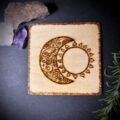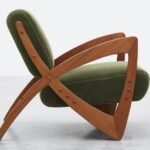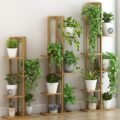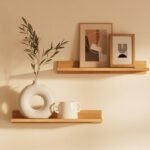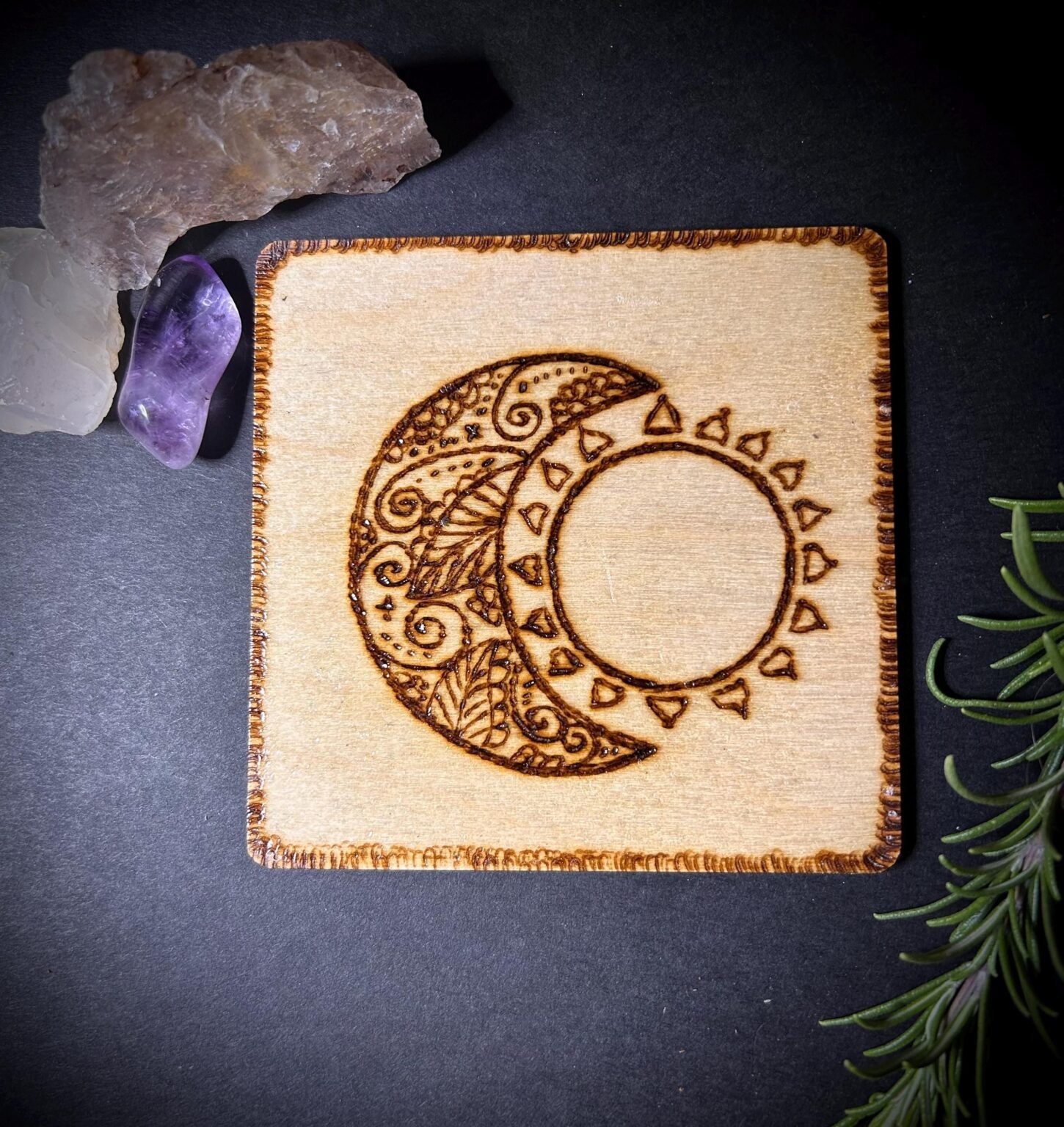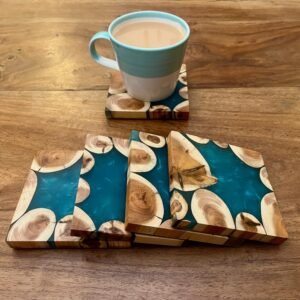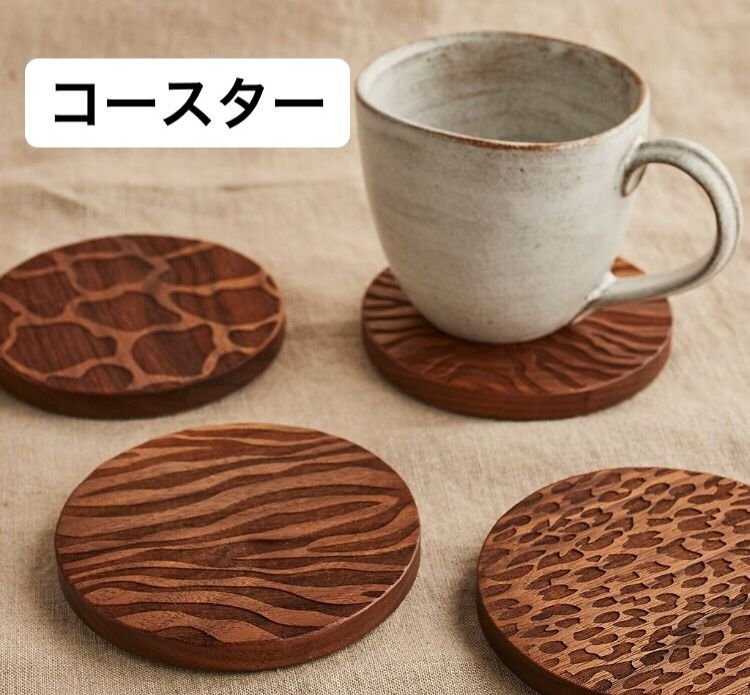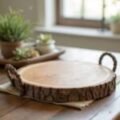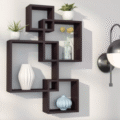3D Print Files and a Little Woodworking Magic
So, grab a cup of coffee or whatever you’ve got, and let me tell you about my latest woodworking adventure. It’s one of those tales that feels like it could have gone so many different ways. You know how it goes; you’re in your garage, surrounded by wood scraps and the comforting scent of sawdust, trying not to get splinters while you’re figuring things out. We’ve all been there, right?
Anyway, I found myself getting really into this idea of combining traditional woodworking with some of that fancy 3D printing. I mean, why not? You’re sitting there with a bunch of tools, and your old friend Google tells you that you can print files for all sorts of designs. So, naturally, I got a bit excited. A little too excited, I think.
The First Project—Ambitions vs. Reality
So, my first project was to make a rustic bookshelf for all the books collecting dust on my nightstand. I envisioned it, you know? That cozy little nook by the window, a perfect place for my dog, Max, to lounge while I read. I thought, “How hard can it be?”
I headed over to this site called Thingiverse. You’ve probably heard of it—people share their 3D designs, and it’s like a treasure trove for any maker. I found this gorgeous bookshelf plan, and it looked simple enough. Just some pieces to hold the shelves, and you string your wood boards in between. But boy, was I in over my head!
Getting my printer up and running was the first adventure. I remember almost giving up when I realized I had the wrong settings for the plastic filament. The printer was spitting out spaghetti-like strands instead of the clean pieces I was hoping for. I thought, “What did I get myself into?”
Learning the Hard Way
After a couple of evenings spent in my garage muttering to myself—because, trust me, the quiet wasn’t very comforting—I finally got the right settings down. I used PLA filament for this, which smells kinda like burnt pancakes when it prints. Not that I’m complaining; I like pancakes.
So, the first few pieces actually came out looking like…well, something that could hold books. I was so thrilled! That feeling when you see the parts come together? It’s like a mini victory dance in your own little workshop. But then came the moment of truth: combining the 3D-printed parts with the actual wood.
I decided to use some pine for the shelves, and let me tell you, pine has this wonderful aroma when you cut into it. It’s like the heart of the forest is right there in your garage. But then I noticed how rough the edges were on my printer pieces that were supposed to fit together smoothly. Honestly, I could’ve stressed about it—I thought for a second maybe I’d just let it sit in the corner and collect dust.
The Fix That Took All Night
But you know what? I couldn’t let that happen. I decided to grab my trusty rasp and files, thinking, “Alright, I’ll just smooth these edges.” It became a bit of a dance after that, a rhythm between my hands shaping plastic and wood. And you know how it is; sometimes you’ll be lost in thought, just you and the tools, and before you know it, the night fades away.
After several hours of sanding, I was starting to see the potential, but there was still that nagging worry in the back of my mind. What if this thing fell apart once I loaded it up with books?
Then came a moment that surprised even me. I finished assembling it—braced it all together with some wood glue and pocket holes—and stood back to admire my work. I can still hear the creaks of the wood settling and the soft click of the plastic pieces joining the wooden boards. As I placed a few books on it, I held my breath. And, lo and behold, it held! I actually laughed out loud, right then and there. It felt like a small miracle.
The Realization
As much as I stumbled through those first steps, I realized that it was all part of the journey. I’ve learned to appreciate every little quirk in the print and every knot in the wood. They tell the story of trying, of figuring things out, of messing up and starting over. For all the moments I was tempted to throw in the towel—trust me, it crossed my mind—getting my hands dirty was what made it worthwhile.
So now, whenever I’m sipping on coffee in my living room, I look over at that humble little bookshelf. It’s not just a place to store my books; it’s a reminder that creativity doesn’t always follow a straight path. And if you’re sitting there wondering if you should try something new, if you have an idea bubbling away in the back of your mind—go for it!
Take the leap, even if you feel like you don’t have it all figured out. Just jump, and see what happens. Happy building!

